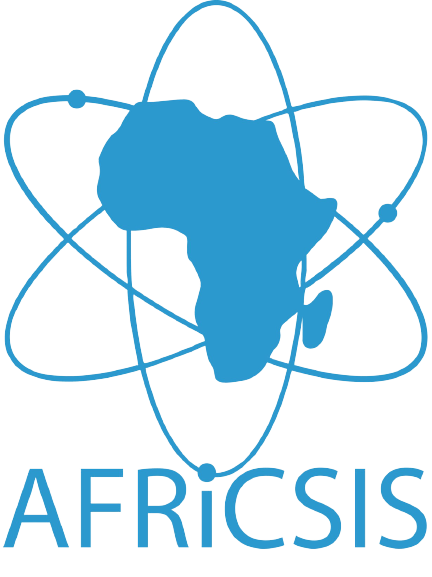The State Atomic Energy Corporation ROSATOM of the Russian Federation and the Ministry of Scientific Research and Technological Innovations of the Republic of Congo signed a Memorandum of Understanding on cooperation in the field of peaceful uses of atomic energy, writes ROSATOM.
The document was signed February 13, 2018 in Moscow by the Russian state nuclear corporation’s deputy director general for international relations, Nikolay Spassky, and the ambassador extraordinary and plenipotentiary of the Republic of the Congo in Russia, David Maduka.
The document establishes a legal basis for the implementation of bilateral cooperation in a wide range of areas, explains ROSATOM. One of the areas of cooperation is the development of nuclear infrastructure in the Republic of Congo. Another area of cooperation is carrying out the programmes authorized by the MoU. These programmes shall include activities aimed at increasing awareness of nuclear technologies and their applications toward social development, economic growth, and human prosperity. Further, Russia and the Republic of Congo shall cooperate on the use of radioactive materials in industrial processes and products, agriculture, nuclear medicine, and education and training.
In the near term, Russia and Congo-Brazaville have discussed the prospect of constructing a Centre for Nuclear Science and Technology with a Russian-designed research reactor at its core on the territory of the Republic of Congo. They aim to create joint expert working groups to start implementation of the MoU, emphasizes ROSATOM.
Historically, the Republic of Congo has no nuclear power plant and research reactor facilities. Rather, the neighbouring Democratic Republic of the Congo had two research reactors in operation. Owned by the Commissariat Général à l’Energie Atomique (CGEA) and operated by Centre Régional d’Etudes Nucléaires de Kinshasa (CREN K), TRICO-I, a 50kW reactor, was fully operational from 6 June 1959 when it first went critical to 29 June 1970 when it was permanently shutdown and dismantled but had not yet been fully decommissioned. The second and more powerful Congolese research reactor, the TRICO-II, a 1MW reactor, achieved its initial criticality on 24 March 1972 and was fully operational till November 2004 when it was temporary shutdown. As of January 2018, TRICO-II remains in an extended shutdown condition.
